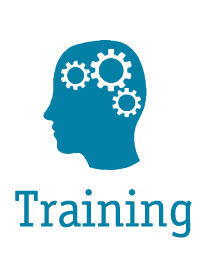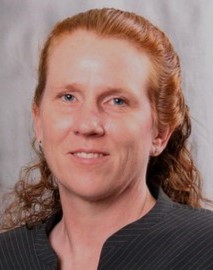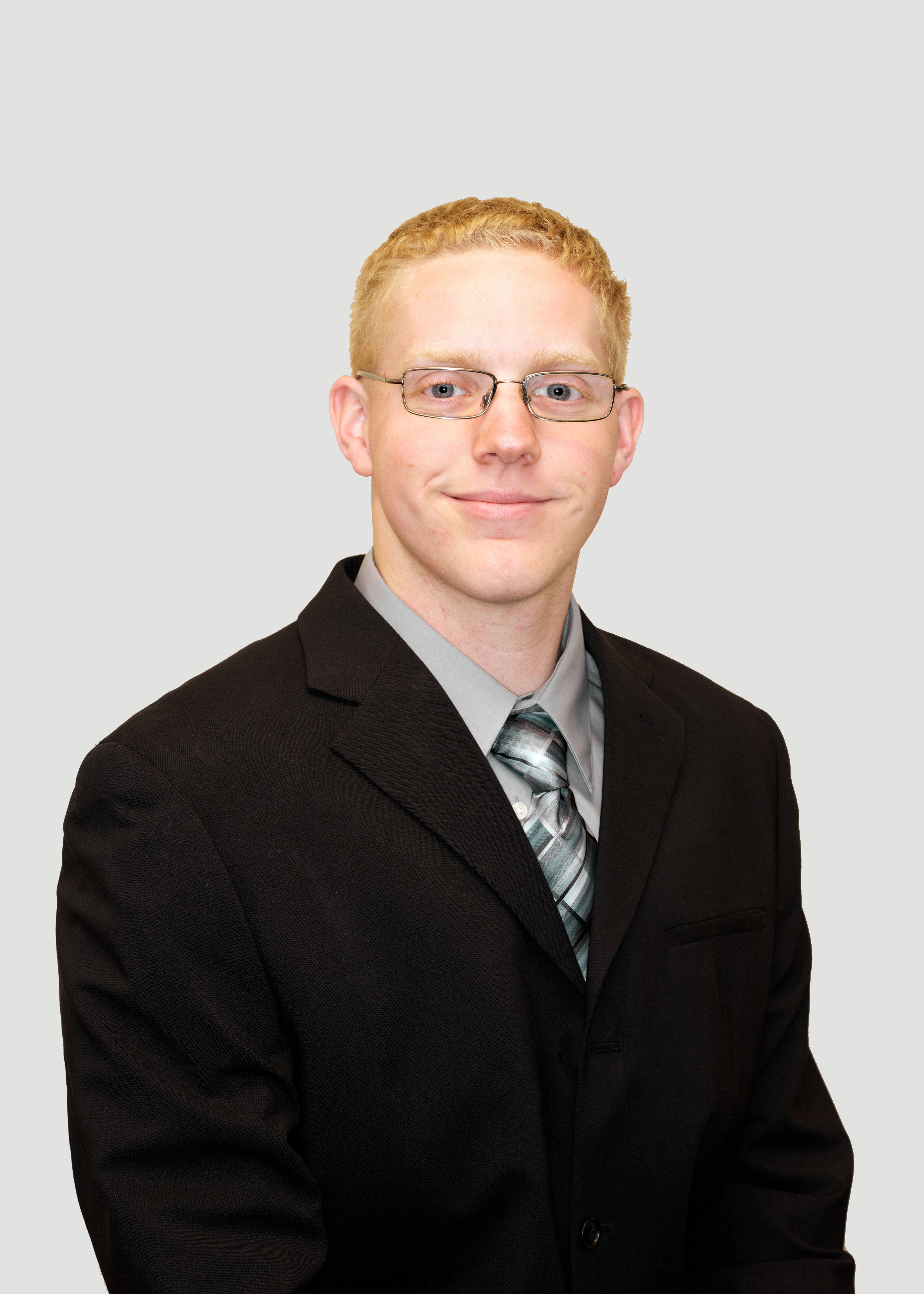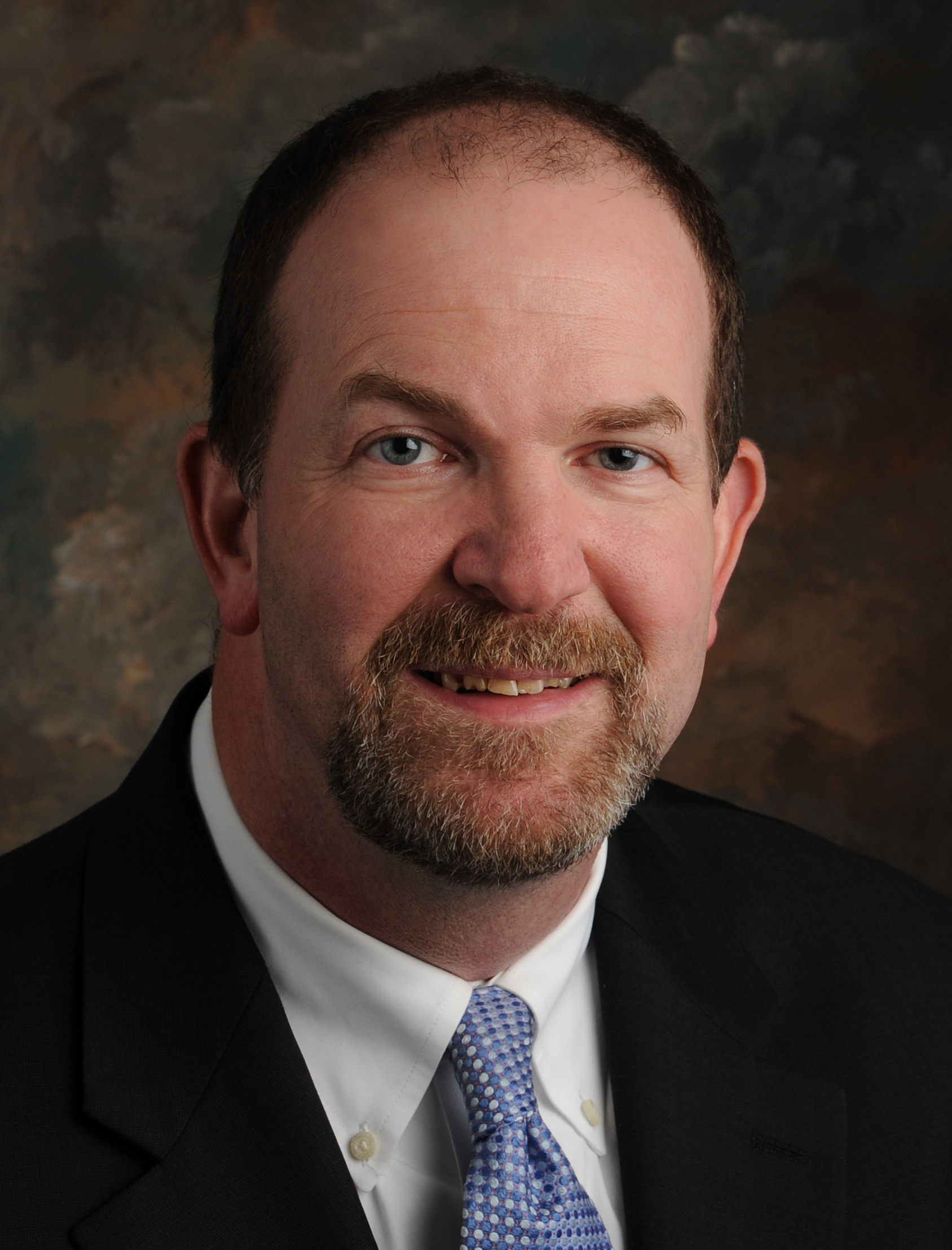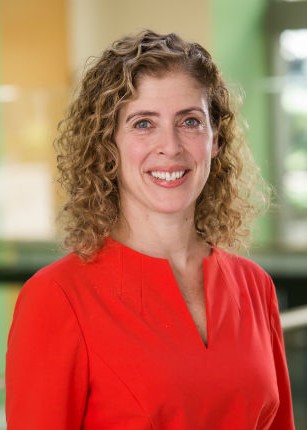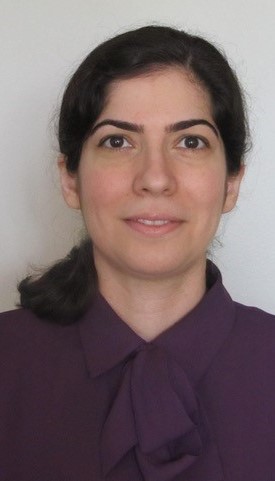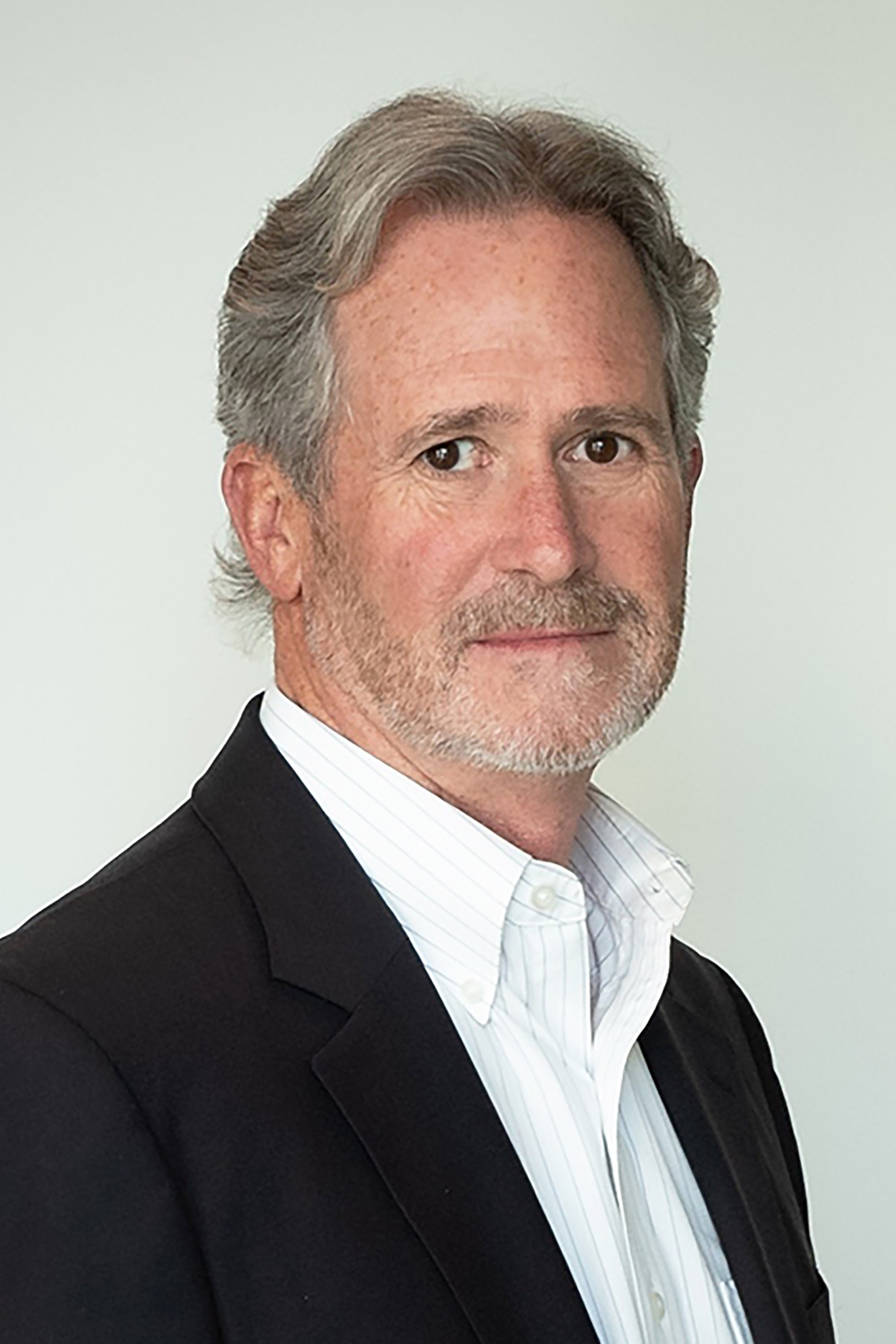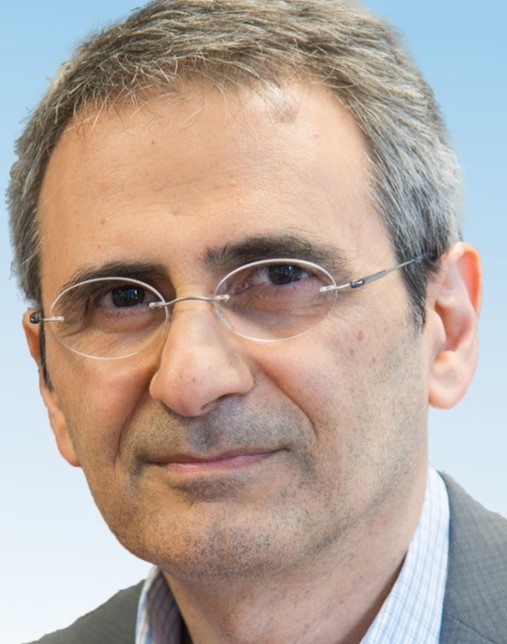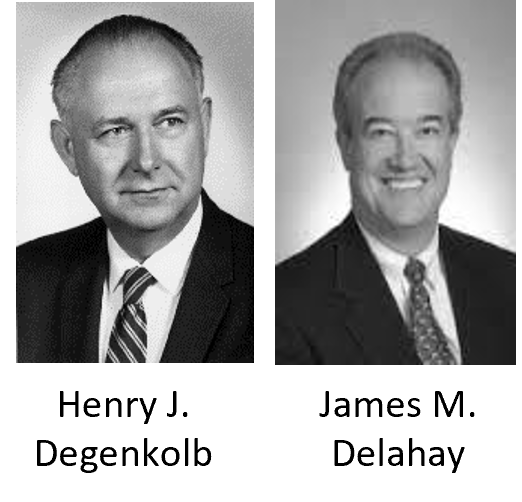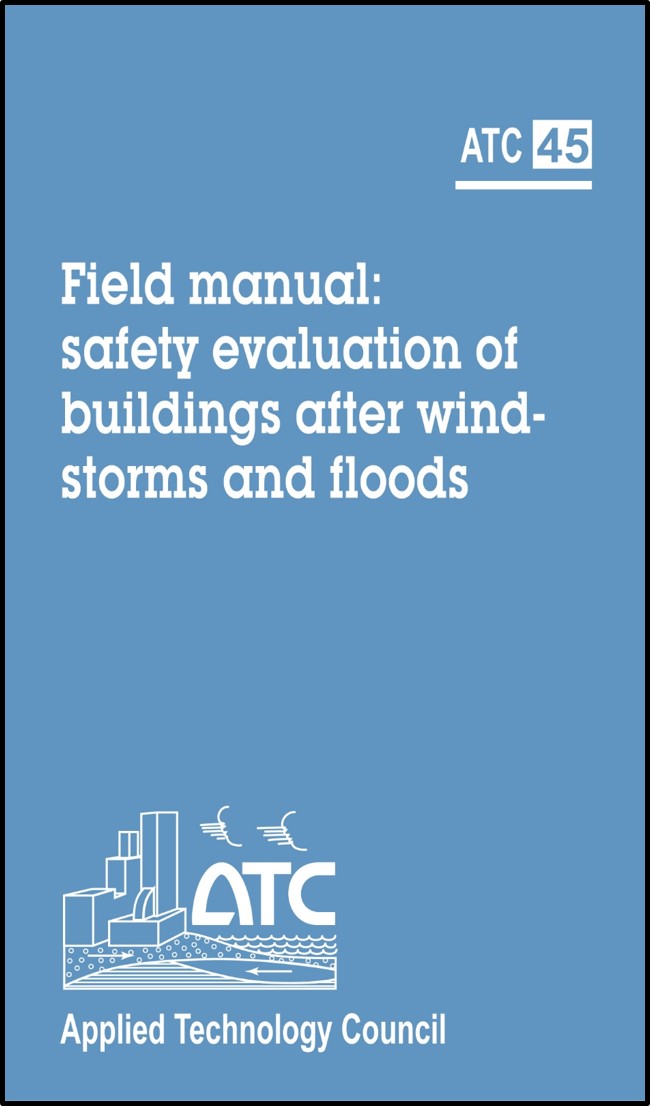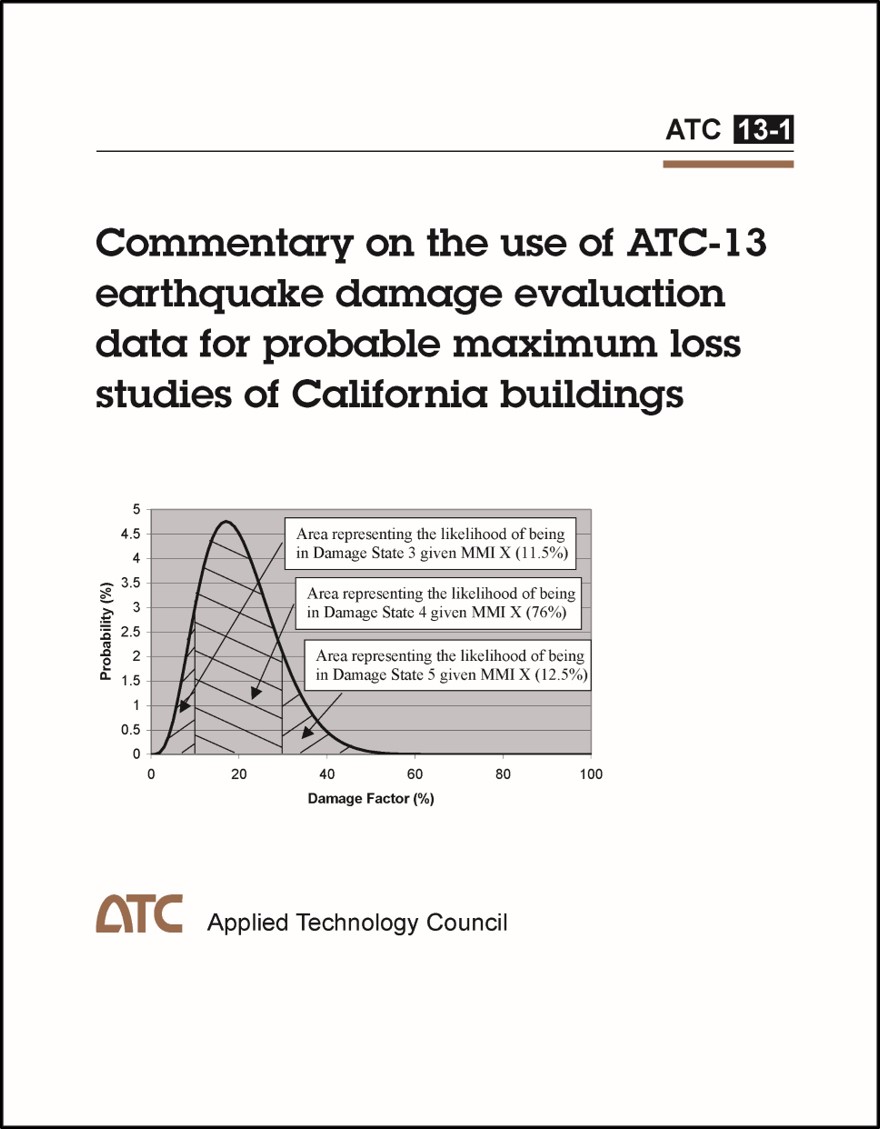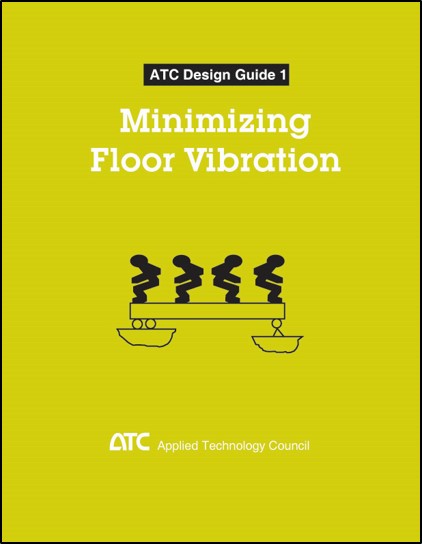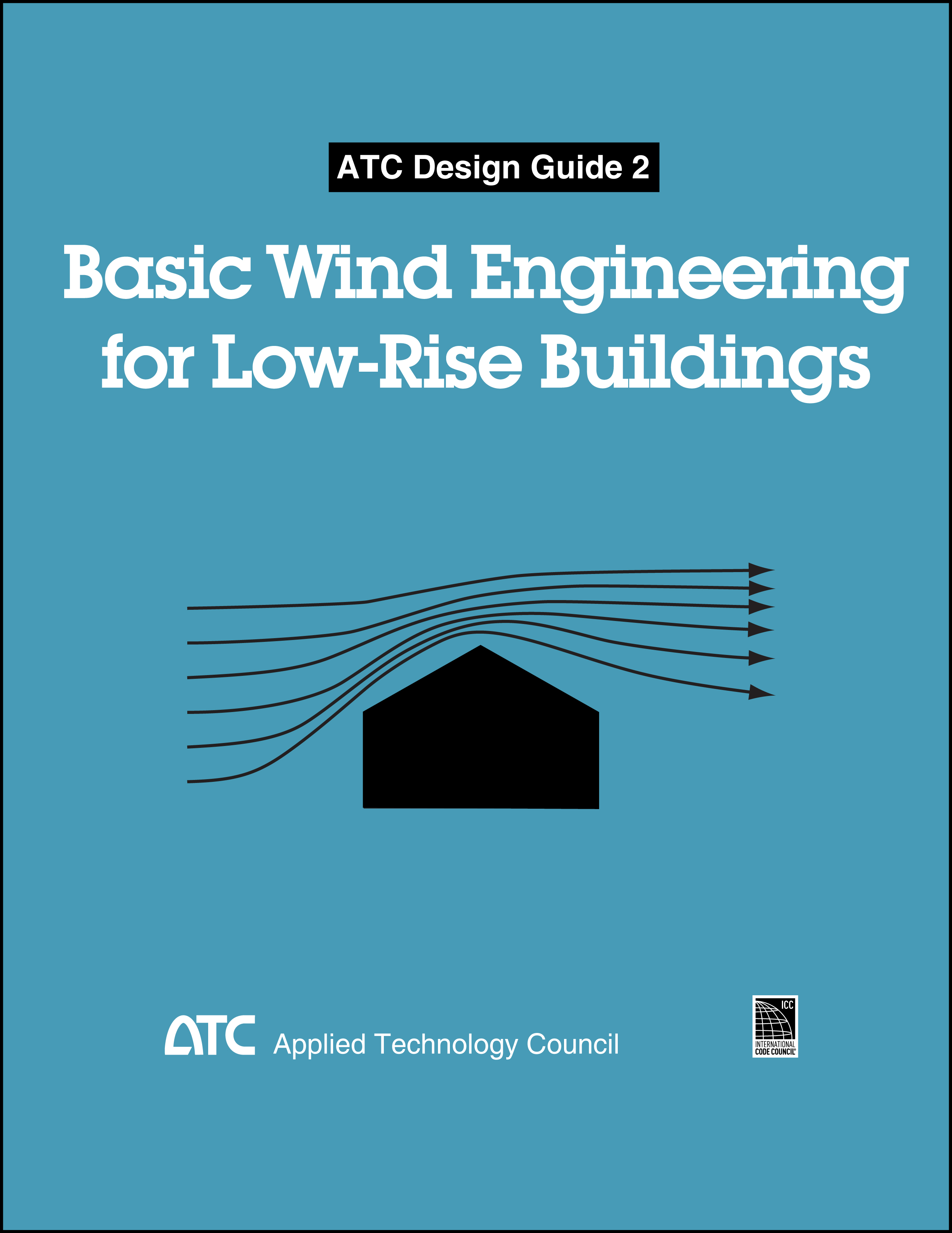Dear Visitor:
Welcome to the Applied Technology Council (ATC) website!
In this the 42nd year of ATC, we are busier than ever on a broad range of projects and activities to develop state-of-the-art structural engineering applications and resources for mitigating the effects of natural and other hazards on the built environment. All of our projects are being carried out by leading design practitioners and researchers from around the nation (all engaged as consultants to ATC, or our joint venture partner), with fund raising, management, quality control, and contract administration the responsibility of ATC’s very capable staff of executive managers, technical and administrative staff, and IT professionals. Routinely the ATC Board of Directors meets to monitor our activities, update policies, and provide valuable input about practitioner needs and desirable new directions.
Most of our projects address compelling problems in earthquake engineering, but we are also developing an important portfolio of wind and coast engineering projects and products, including (1) the ATC “Windspeed by Location” website (see menu item above); and (2) the impending update of the ATC Design Guide 2: Basic Wind Engineering for Low-Rise Buildings.
Funding Sources and Partners. ATC is extremely grateful for funding provided by our two principal clients—the Federal Emergency Management Agency (FEMA) and the National Institute of Standards and Technology (NIST), and other clients including the California Earthquake Authority (CEA), the Department of Building Inspection, City and County of San Francisco, and the U. S. Geological Survey (USGS). We are also thankful for funding previously provided by other funding sources, including: city agencies such as the Los Angeles Department of Building and Safety; the Charles Pankow Foundation; the Institute for Building and Home Safety; and the ATC Endowment Fund. Historically, we have also conducted projects for other Federal Agencies, including the Department of Housing and Urban Development (HUD), the Federal Highway Administration (FHWA), the National Science Foundation (NSF), the U. S. Postal Service (USPS).
Our FEMA work is being carried out under two major contracts: (1) a series of 5-year contracts to develop Next-Generation Performance-Based Seismic Design Guidelines for New and Existing Buildings; and (2) a Seismic and Multi-Hazard Technical Guidance Development and Support Contract, under which we are conducting a broad range of task order projects in earthquake engineering.
Our NIST work is being conducted to assist NIST in carrying out a problem-focused research and development program in earthquake engineering, the roadmap for which was provided in the ATC-57 Report, The Missing Piece: Improving Seismic Design and Construction Practices (published by ATC in 2003).
New Products. During the last 12 months, ATC has completed and/or released a broad range of products for use by design practitioners, inspectors, and regulators in earthquake and wind engineering. These include:
- Three documents in the ATC-50 Series: (1) the ATC-50 Report, Simplified Seismic Assessment of Detached, Single-Family, Wood-Frame Dwellings; (2) the ATC-50-1 Report, Seismic Rehabilitation Guidelines for Detached, Single-Family, Wood-Frame Dwellings; and (3) the ATC-50-2 Report, Simplified Seismic Assessment of Detached, Single-Family, Wood-Frame Dwellings;
- Six reports in the ATC-52-2 Series, Here Today—Here Tomorrow: The Road to Earthquake Resilience in San Francisco, which document results from the recently completed Community Action Plan for Seismic Safety (CAPSS), City and County of San Francisco (to be released in 2011);
- Numerous FEMA reports, including (1) FEMA E-74, Reducing the Risks of Nonstructural Earthquake Damage; A Practical Guide, Fourth Edition, prepared under the ATC-69-1 Project; (2) the FEMA 455 Report, Handbook for Rapid Visual Screening of Buildings to Evaluate Terrorism Risk, developed under the ATC-65 Project; and (3) the FEMA P-695 Report, Quantification of Building Seismic Performance Factors, prepared under the ATC-63 Project;
- The final report in the 3-part FEMA-funded ATC-71 Report Series, NEHRP Workshop on Meeting the Challenges of Existing Buildings, Part 3: Action Plan for the FEMA Existing Buildings Program (downloadable from this website, along with Part 1: Workshop Proceedings, published in 2008, and Part 2: Status Report on Seismic Evaluation and Rehabilitation of Existing Buildings, published in 2009) ;
- Numerous reports for NIST prepared by the NEHRP Consultants Joint Venture (a partnership of ATC and CUREE), including four Guides for Practicing Engineers: (1) NEHRP Seismic Design Technical Brief No. 1, Seismic Design of Reinforced Concrete Moment Frames; (2) NEHRP Seismic Design Technical Brief No. 2, Seismic Design of Steel Special Moment Frames; (3) NEHRP Seismic Design Technical Brief No. 3, Seismic Design of Cast-in-Place Concrete Diaphragms, Chords, and Collectors; and (4) NEHRP Seismic Design Technical Brief No. 4, Nonlinear Structural Analysis for Seismic Design; and
- ATC Design Guide 2: Basic Wind Engineering for Low-Rise Buildings, which was completed in 2009 and released in 2010.
Ongoing Projects. ATC is currently involved in a broad range of projects funded by our current clients and other sources. Information about most of those projects is available elsewhere on this website (see “Projects” menu item above).
Current major projects include:
- The FEMA-funded ATC-58-2 Project, under which ATC is developing next-generation performance-based seismic design criteria for new and existing buildings (scheduled to be completed in 2014);
- Ten major projects under ATC’s second 5-year FEMA-funded Seismic and Multi-Hazard Technical Guidance Development and Support Task Order Contract; and
- More than a dozen major projects for the National Institute of Standards and Technology (NIST).
ATC is also heavily involved in the planning for a major event in 2015:
Board Activities. The ATC Board of Directors, which is composed of leading design professionals and researchers from around the nation (see “Board of Directors” section under “About ATC”, this website) continues to be heavily involved in contemplating and formulating future directions for ATC. Board meetings scheduled for the 2014-15 year include: (1) a meeting in Santa Fe, New Mexico; (2) a meeting in Reno, Nevada, hosted by the University of Nevada, Reno (UNR), and includes visits to a private shake table testing facility and a tour of the UNR earthquake engineering laboratory; (3) a meeting in London, England, hosted by Erleen Hatfield, a Board member representing the Structural Engineers Association of New York; collaboration with iStructE and workshops prior to the meeting will be planned; and (4) the Annual and Organizational Board meetings in the San Francisco Bay area.
Current initiatives include (1) developing recommendations on more rapidly advising the community about the availability of ATC products (through webinars and other means); (2) making practitioners east of the Rocky Mountains more aware of ATC and its capabilities and products; (3) discussion on how ATC might improve and expand the application of its current repertoire of products; and (4) identifying other means to make the organization more effective in reducing the impacts of natural and manmade disasters.
New Initiatives and New Directions. With the help of a committed and highly innovative Board of Directors and a dedicated, hard working staff, we are poised to continue providing the products and events of relevance and interest to structural engineers nationwide. We look forward to your continuing visits to our web site, to your perusal and acquisition of our products, and to your participation in future ATC events.
Thanks for visiting!

